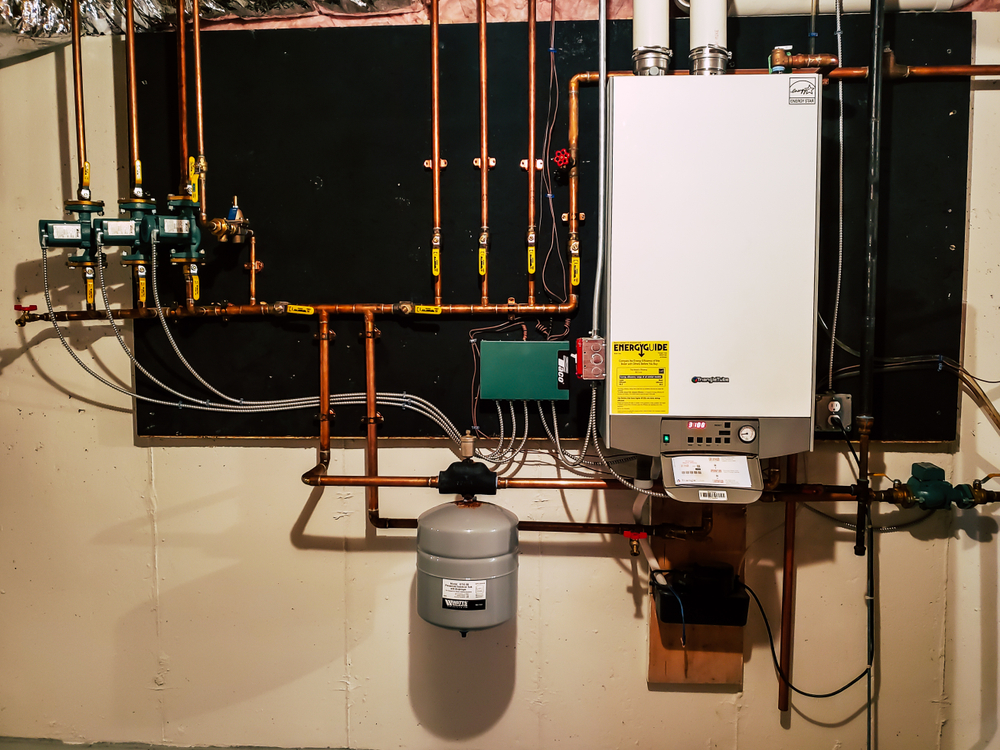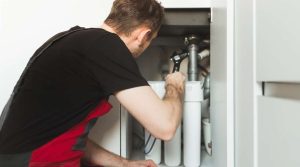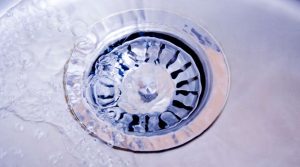A tankless water heater is a modern and energy-efficient solution for providing hot water on demand for your home. Also known as instantaneous or demand-type water heaters, these units heat water directly without the need for a storage tank, resulting in energy savings and endless hot water supply. However, as with any home appliance, tankless water heaters can also face issues requiring repair or even replacement.
In this comprehensive guide, we will explore everything you need to know about tankless water heater repair and installation, ensuring you make informed decisions to enjoy the many benefits that these efficient systems have to offer.
Whether you’re an experienced DIY enthusiast or prefer to call in the professionals, our guide will offer valuable insights into the repair and installation process for tankless water heaters. By understanding how these units work and what’s involved in resolving common problems, you will be better equipped to extend the life of your tankless water heater and keep it running at peak efficiency for years to come.
Understanding Tankless Water Heaters: How They Work
Before diving into the various aspects of tankless water heater repair and installation, it’s essential to understand how these systems function. A tankless water heater operates by heating water as it flows through the unit, eliminating the need for a storage tank. When a hot water tap is turned on in your home, cold water travels through a pipe and into the heater.
Depending on the type of fuel, a gas burner or electric element heats the water, providing a constant supply of hot water on demand. This on-demand approach to heating water significantly reduces energy consumption, making tankless water heaters an environmentally friendly choice for your home.
Selecting the Right Tankless Water Heater for Your Needs
Choosing the appropriate tankless water heater for your household involves careful consideration of various factors. Here are some crucial elements to keep in mind as you assess your home’s hot water needs:
1. Fuel type: Gas and electric tankless water heaters offer different benefits. Gas-powered units generally provide higher flow rates and can even operate during power outages. However, they require venting, which may increase installation costs. In contrast, electric models are easier to install, require no venting, and are less expensive upfront, though they may have lower flow rates than gas models.
2. Size and capacity: To determine the appropriate size and capacity for your home’s tankless water heater, consider the flow rate (measured in gallons per minute, or GPM) and the required temperature rise. Total the flow rates of all fixtures you plan to use simultaneously to calculate the necessary GPM for your unit.
The temperature rise is the difference between the incoming cold water temperature and the desired hot water temperature, typically around 70°F. Larger households may require multiple units or a unit with a higher GPM capacity to ensure an uninterrupted hot water supply.
3. Energy efficiency: While all tankless water heaters offer energy savings compared to traditional storage tank models, some options are more efficient than others. Look for a unit with a high energy factor (EF) rating, indicating greater energy efficiency. Keep in mind that gas-powered models may require an energy-efficient upgrade to an existing gas line, which can increase costs.
Common Tankless Water Heater Problems and Solutions
Issues can arise over time even with a well-selected and properly installed tankless water heater. Here are some common problems and potential solutions:
1. Inconsistent water temperature: If your heated water is fluctuating between hot and cold, your unit may need help to maintain the optimal temperature. This issue could result from mineral buildup, a malfunctioning flow sensor, or insufficient gas pressure. Regular descaling and maintenance will help address mineral buildup, while a professional plumber can diagnose and repair more complex issues.
2. Reduced water flow: Low water pressure may result from clogged inlet or outlet filters, mineral buildup within the heat exchanger, or issues with the plumbing system. Ensure your filters are clean, periodically flush the unit to remove mineral deposits, and consult a plumber for further evaluation.
3. Unit not heating water: If your tankless water heater is not producing hot water, the culprit could be a tripped circuit breaker, a faulty thermostat, or a malfunctioning heating element. Check your breaker panel for tripped circuits and consult a licensed professional to assess and replace damaged components.
Installation Tips for a Seamless Integration into Your Home
Proper installation ensures your tankless water heater’s longevity and performance. While skilled DIYers may attempt installation, it’s generally recommended to hire a professional plumber experienced with tankless systems to ensure a safe and effective setup. Here are a few installation tips to keep in mind:
1. Location: Choose a suitable location that provides easy access for maintenance, sufficient ventilation for gas models, and access to necessary utilities, including gas lines or electrical outlets.
2. Safety features: Ensure your unit has protective components in place, such as a pressure relief valve, temperature and pressure gauges, and proper venting for gas models.
3. Local codes and permits: Familiarize yourself with local building codes and obtain any necessary permits before installation.
Embrace the Benefits of Tankless Water Heater Systems
Investing in a tankless water heater can provide your home with improved energy efficiency, cost savings, and an endless supply of hot water. By understanding the process of selecting, installing, and maintaining your unit, you’ll enjoy the many advantages of going tankless for years to come.
If you’re ready to make the switch or need assistance with repairs, contact the expert local plumbers in Georgetown at JustUs Plumbing Services to ensure a successful and hassle-free experience.






